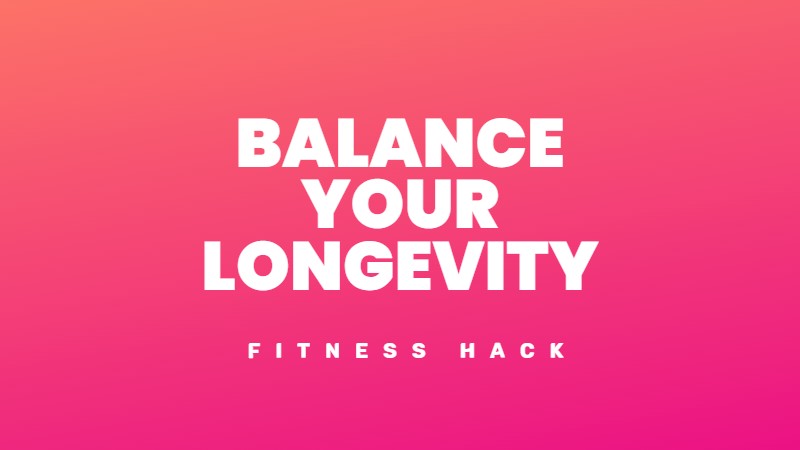You’ve bought the shoes and downloaded the apps. Paid for the gym membership. Read the fitness articles and watched the workout videos.
Yet you don’t move.
After decades of fitness innovation, we’re still largely sedentary. The traditional solutions aren’t working.
There’s one simple solution that can solve this.
Researchers at Brunel University found that properly selected music reduces perceived workout effort by up to 15 percent. This isn’t a minor improvement. It’s the difference between quitting after a week and maintaining your exercise habits for years.
The solution to consistent exercise isn’t hidden in expensive equipment or complicated routines. It’s playing in your headphones.
A good playlist makes you faster and better during exercise. Choose correctly, and your body will start moving.
The science behind music and exercise
Research proves that music reduces perceived exertion during workouts by 10 to 15 percent, according to Professor Costas Karageorghis from Brunel University in England. This means your workout feels easier when the right tunes are playing.
“Most people stop exercising simply because they don’t enjoy it,” explains Karageorghis, who has spent decades researching music and exercise performance. “Yet our sedentary Western lifestyle requires physical activity outside of work, unless our job is physically demanding.”
Only about 30% of people meet health authority recommendations for physical activity. There are many reasons for this, but Karageorghis offers one powerful trick for maintaining good exercise habits and results.
“Music reduces perceived exertion by 8% when you exercise at low to moderate intensity,” he states.
But the benefits don’t stop there. With a carefully crafted playlist, this effect nearly doubles to 15% less perceived effort. That’s a major advantage for anyone who struggles to maintain consistent exercise habits.
Your body can’t resist moving to the beat
Dr. Agata Zelechowska, who holds a doctorate in music psychology from the University of Oslo, agrees: “Music can be extremely beneficial during exercise, and in multiple ways.”
Zelechowska and her colleagues conducted fascinating experiments to measure how much we naturally move when hearing music. They instructed participants to stand completely still while listening to various music tracks, even offering a £100 gift card as an incentive to remain motionless.
Despite their best efforts, participants couldn’t stay still, especially when hearing music with steady rhythms and tempos of 120-125 beats per minute.
“That’s the rhythm most people use when walking, about two steps per second,” Zelechowska explains.
These experiments demonstrate how music naturally puts our bodies in motion. Perfect when you’re struggling to get off the sofa. But music does more than just get us started. It improves performance during the actual workout.
Pre-workout music boosts performance
Even listening to music before exercising can improve your performance during the session.
Exercise researcher Aron Gauti Laxdal from the University of Agder tested this scientifically. “We had a music student compose a custom track that was played at different speeds,” he explains.
Laxdal and colleagues wanted to test the impact of music before competitive events where earphones aren’t allowed, which is common in many running events.
“Participants were exposed to either the fast or slow version of the song before rowing. We found they performed better after hearing the faster music.”
The most significant difference appeared in how participants felt. Those who listened to music beforehand felt more energetic and ready for action than those who started without music. The performance boost came specifically from the faster music. Slower tempos didn’t produce the same effect.
This worked even though the music had to be turned off before the actual exercise began.
Create your perfect workout playlist
The benefits of music during exercise are clear, but which music works best? Here’s what the research shows:
1. Match the tempo to your activity
Check the tempo of your favorite song
Use the Tunebat.com service to check the tempo (BPM) of your songs!
2. Look for steady rhythms
3. Pay attention to lyrics and tone
4. Consider the different phases of your workout
5. Create a dedicated exercise playlist
5. Structure your playlist for your entire session
Most importantly, you must enjoy the music. Technical aspects matter, but if you don’t like the songs, you’ll struggle to synchronize your movements or find motivation.
Recommended Spotify playlist
The following Spotify playlist was recommended by Professor Costas Karageorghis.
Music distracts you from exercise discomfort, which explains why it improves endurance and performance. However, this distraction works so well that it comes with two cautions:
The bottom line
According to Professor Karageorghis, choosing the right music can improve your exercise performance by up to 15 percent. This improvement comes from multiple mechanisms:
Creating a dedicated workout playlist with appropriate tempos, strong rhythms, and enjoyable music will transform your exercise routine. Your body will naturally move more efficiently, you’ll push harder without feeling it, and you’ll look forward to sessions you previously dreaded.
So next time you struggle to get off the sofa for a run or gym session, put on some high-tempo tunes and watch as your body gets ready to move.




Leave feedback about this